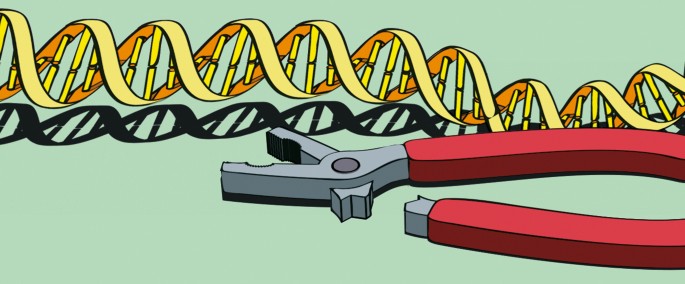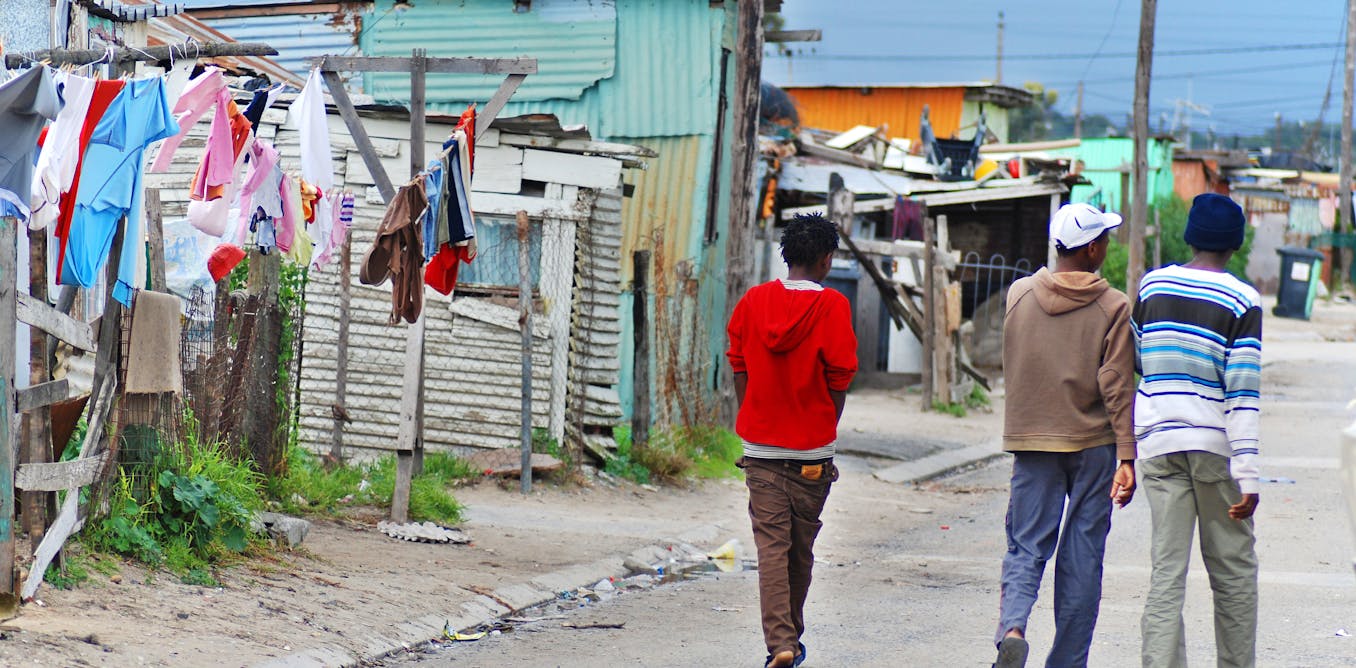
- Select a language for the TTS:
- UK English Female
- UK English Male
- US English Female
- US English Male
- Australian Female
- Australian Male
- Language selected: (auto detect) - EN
Play all audios:
Access through your institution Buy or subscribe New research shows that 11.8% of patients with metastatic prostate cancer carry germline DNA mutations in genes encoding proteins involved in
DNA repair, in contrast to only 4.6% of men with localized disease. Many men diagnosed with prostate cancer do not develop aggressive disease and might not require definitive treatment.
Identifying those patients whose tumour has the potential to metastasize is critical to provide the best possible treatment and improve patient outcomes. However, a tool to effectively
identify men with prostate cancer who have a high risk of developing metastatic disease is lacking. This is a preview of subscription content, access via your institution ACCESS OPTIONS
Access through your institution Subscribe to this journal Receive 12 print issues and online access $209.00 per year only $17.42 per issue Learn more Buy this article * Purchase on
SpringerLink * Instant access to full article PDF Buy now Prices may be subject to local taxes which are calculated during checkout ADDITIONAL ACCESS OPTIONS: * Log in * Learn about
institutional subscriptions * Read our FAQs * Contact customer support REFERENCES * Pritchard, C. C. _ et al_. Inherited DNA-repair gene mutations in men with metastatic prostate cancer. _N.
Engl. J. Med._ http://dx.doi.org/10.1056/NEJMoa1603144 (2016) Download references Authors * Clemens Thoma View author publications You can also search for this author inPubMed Google
Scholar RIGHTS AND PERMISSIONS Reprints and permissions ABOUT THIS ARTICLE CITE THIS ARTICLE Thoma, C. A step to identifying men at high risk of metastatic disease. _Nat Rev Urol_ 13, 493
(2016). https://doi.org/10.1038/nrurol.2016.140 Download citation * Published: 26 July 2016 * Issue Date: September 2016 * DOI: https://doi.org/10.1038/nrurol.2016.140 SHARE THIS ARTICLE
Anyone you share the following link with will be able to read this content: Get shareable link Sorry, a shareable link is not currently available for this article. Copy to clipboard Provided
by the Springer Nature SharedIt content-sharing initiative










